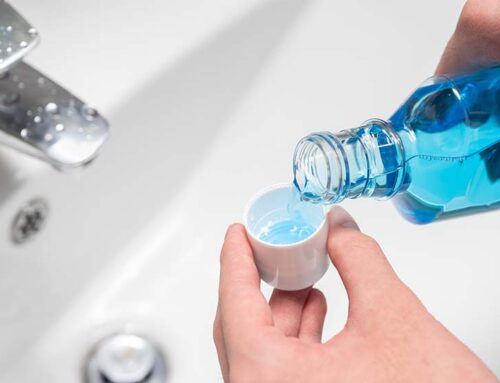Are your teeth not white enough?
One of the most common aesthetic dental problems is stained, discolored, and yellowed teeth. Many people avoid smiling freely because of the color problem even though they don’t have issues with their teeth otherwise. A frequently mentioned concern among patients is the persistent discoloration of their teeth despite regular brushing.
If you’re experiencing this issue, don’t worry, you’re not alone. Firstly, natural tooth color is not pure white. Natural tooth color ranges from blue-white, gray-white, to yellow-white tones. Like skin color, tooth color is also unique to each individual. What creates the perception of white teeth in us is an abundance of light tone combinations, although in some individuals, teeth may have quite yellow or grayish tones.
What factors contribute to changes in tooth color?
These factors are entirely independent of the natural color of the tooth:
- Habits such as heavy consumption of substances like tea, coffee, and smoking, which affect the enamel layer of teeth and lead to intense discoloration and yellowing.
- Excessive use of fluoride during childhood.
- Use of tetracycline antibiotics during pregnancy.
- Diseases such as jaundice during childhood, febrile illnesses during infancy.
- Aging.
- Inadequate oral and dental care are significant contributors to discoloration and yellowing.
Precautions for white teeth
As we constantly emphasize, regular oral and dental care is highly effective in preventing staining on the enamel layer of teeth. Rinsing your mouth with water and brushing your teeth half an hour after consuming foods and drinks that can stain your teeth can help prevent permanent staining.
A balanced and healthy diet helps in preventing color changes originating from the dentin layer. It’s important to avoid behaviors that can directly harm teeth, such as protecting teeth from falling out or trauma and refraining from breaking teeth with hard-shelled foods. Teeth grinding and clenching are significant factors that contribute to premature aging of teeth and thus color changes.
For whiter teeth
As mentioned earlier, despite all dental care efforts, if teeth haven’t achieved sufficient whiteness, there may be a permanent color change in the enamel layer. Such discoloration can be addressed through various teeth whitening methods. You can decide on the appropriate option between In-Office Teeth Whitening (Office Bleaching) and At-Home Teeth Whitening (Home Bleaching) after your dental examination by the dentist.
For more information, you can visit our teeth whitening page and contact our experienced team to schedule an appointment and get information!







Leave A Comment